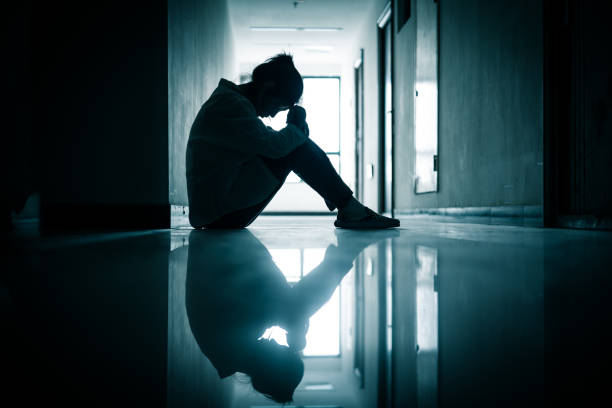The Dilemma Of Loneliness
There have been so many articles and inquiries about loneliness over the last few months that I wonder if this is a widespread problem. This is mainly due to the isolation that comes with technology connections and the increased use of social networks. It’s sometimes easier to text someone than drive to get a cup of tea or coffee. But, in the end, loneliness could result. In addition to the aging population and many seniors living alone, many others are choosing to live alone, increasing the chances of feeling lonely.
It is more than being lonely. Loneliness is feeling isolated from others from an interpersonal and universal perspective. People who feel lonely can feel depleted and empty. However, solitude can be a source of healing and vital energy. For some people, such as surfers, bikers, and artists, solitude is essential to do what they love. It has been suggested that creativity is a prerequisite for solitude. Virginia Woolf, a 1929 diary keeper, claimed that loneliness gave her a sense of wisdom and creativity.
Humans are social creatures. To be happy, we must establish intimate relationships with others. The challenge is to balance solitude and socialization. Both are necessary.
Research has shown that people who feel excessively lonely are more likely to suffer from sleep disorders, high levels of stress hormones, and inflammation. This can also lead to heart disease, lung disease, cancer, and other gastrointestinal issues. Statistics have shown that obesity is a severe health risk. However, loneliness and social isolation are more dangerous. Julianne Holt–Lundstad, Brigham Young University, found that isolation can increase premature death risk by as much as 50%. These numbers are essential given our aging population. According to an AARP loneliness survey, 42.6 million people over 45 suffer from chronic loneliness. These numbers will only increase in the coming years.
There are many types of loneliness. In her Psychology Today article “Seven Types of Loneliness, and Why it Matters,” Gretchen Rubin said that for the most part, loneliness fits in one of the following categories: new-situation loneliness, feeling-different loneliness, no-sweetheart/love loneliness, no-animal loneliness, no-time-for-the-self loneliness, untrustworthy-friends loneliness, and quiet-presence loneliness.
Sometimes we want to be alone. We may not feel the same at other times, but we don’t know what to do. These are some ways to combat loneliness.
